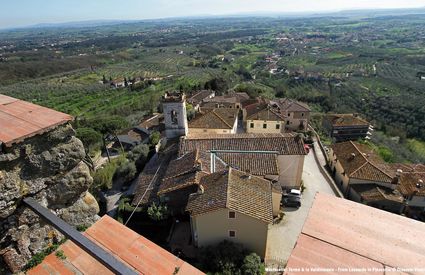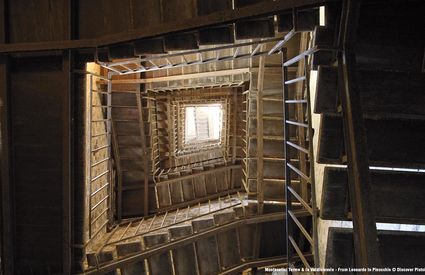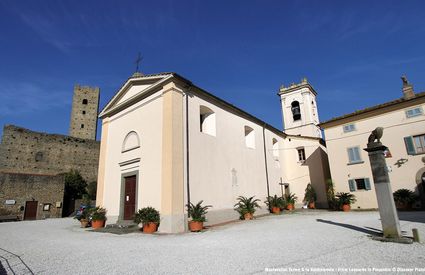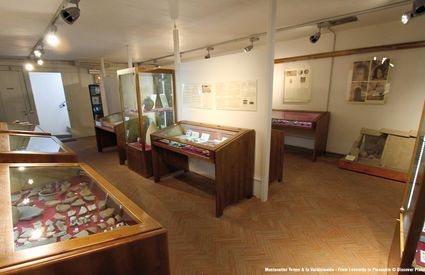A medieval town on the slopes of Montalbano: Cecina
The town of Cecina, located on a hill in the Montalbano area, has ancient origins and during the medieval period it was an essential strategic point. Today, the town vaunts a peaceful balance of the past and present. The ancient walls are only visible in part. Within them you’ll find the Church of S. Nicola: of Romanesque origin, it still retains the external semi-circle of the original apse. On the back end of the church, near the arch above the east entrance, you’ll find a significantly restructured building—yet on its facade you’ll see two narrow windows, now walled up: it’s said that at one time, this building was the home of the garrison captain.
Larciano extends into the Tuscany “From Leonardo to Pinocchio”, that is, from the hills of Vinci and Montalbano to the steep slopes of Collodi. A land that “is a sort of suspended wonder”.





